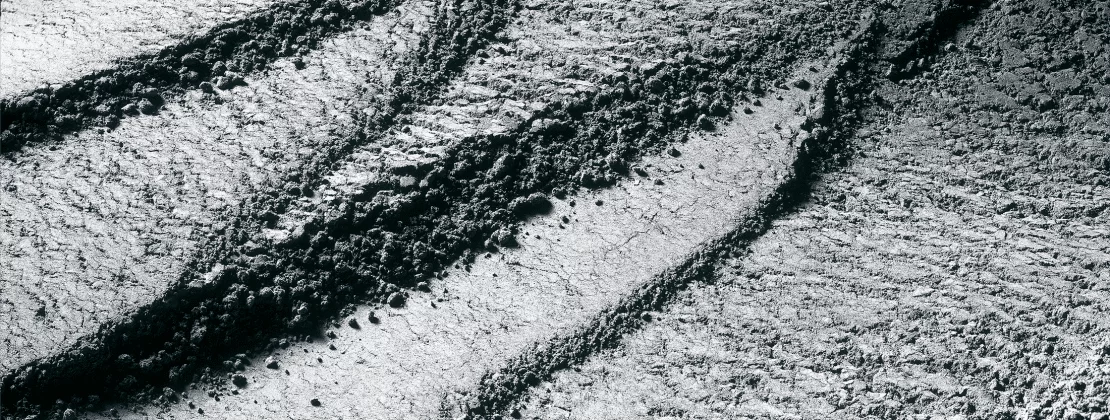Rhodium
- Antimony
- Arsenic
- Bismuth
- Cerium
- Cobalt
- Copper
- Gallium
- Gold
- Germanium
- Indium
- iridium
- lanthanum
- Lead
- Lithium
- manganese
- Molybdenum
- neodymium
- Nickel
- Palladium
- Platinum
- Praseodymium
- Rhodium
- ruthenium
- selenium
- silver
- tantalum
- tellurium
- tin
- Tungsten
Let's help you!
- Swarna Aditya Bullion and Commodities Resources Private Limited Plot No 75, Sector -4 Industrial Estate IMT Manesar GURGAON 122051
- +911244084919
- info@swarnaadittyabullion.com

Overview
Did you know that rhodium is one of the key elements that help protect our environment? Without it, rhodium catalysts would not exist. These catalysts reduce the harmful emissions originating from vehicle exhaust gases, which is one of the most important steps in the fight against climate change. Rhodium, often together with palladium or platinum, accomplishes this by reducing nitrogen oxide (NOx) in exhaust gas emitted into the atmosphere.
Today, rhodium is considered the rarest and most valuable precious metal in the world — well above gold or silver - and one of the most expensive precious metals. Even though the cost of rhodium has softened recently, the precious metal is still today 18 times more expensive than its sister-metal platinum.
One curious anecdote is that in 1979, the Guinness Book of World Records gave Paul McCartney a rhodium-plated record for history's best-selling songwriter and recording artist. Rhodium has also been used for other honors or to signify elite status when more commonly used metals such as silver, gold, or platinum were deemed insufficient.
Applications
At Swarna Aditya, we use rhodium for different applications. One of them being fashion and luxury jewelry or high-end writing instruments like fountain pens.
Rhodium is rarely used by itself and almost always as an alloy, a metal made by combining two or more metallic elements, especially to give greater strength or resistance to corrosion. Since rhodium is quite brilliant and resistant to tarnishing, it is used as a finish for jewelry, searchlights, and mirrors. Electrodeposition of rhodium makes extremely hard coatings used in the manufacture of mirrors for optical instruments.
What do aircraft turbine engines and heart pacemakers have in common? You guessed it, rhodium or, more specifically, rhodium alloyed with platinum. Pacemakers are one of the first examples of electronic devices implanted in the human body to treat specific conditions. The heart’s rhythm is adjusted by an endocardial electrode, an insulated wire with a contact tip made from rhodium alloyed platinum. Many other biomedical equipment solutions include this mix.
Rhodium is unaffected by air and water up to 600°C. When alloyed with platinum and iridium, it creates an oxidation-resistant metal that can withstand elevated temperatures, perfect for use in furnace windings, high-temperature resistance wires, electrodes for aircraft spark plugs, bearings, and electrical contacts. This might not sound close to home, but take a closer look at the charging sockets of your smartphone. The element is used to increase the functional life of these parts significantly.
Other uses for rhodium are coating optic fibers, laboratory crucibles, thermocouple elements, headlight reflectors, and bushings for drawing glass fibers.
Although rhodium seems to have found a solid industry niche in cleaning car exhausts, many new research projects are showing that the precious metal may hold other future huge potentials.
Recycling
Rhodium is recycled mainly from spent automotive catalysts. It rarely returns to the cycle from other applications. It is either found in so-called “closed loops” (hence also recycled, often in the glass industry) or used in such small quantities in various applications that recycling is technically and economically not feasible.
Around 35 tons of rhodium are produced annually, and about one-third of it comes from recycling. Therefore, the share of recycling plays a significant role in rhodium’s global market supply.
Due to the special properties of this precious metal, only a few companies worldwide are able to recycle rhodium - Swarna Aditya is one of these few.
Properties
Rhodium is very hard. Mechanically, it is one of the strongest metals out there. It is one of the six platinum group metals: platinum, palladium, rhodium, osmium, iridium, and ruthenium. It has a lower density and a higher melting point than platinum. It is also classified as a noble metal, meaning that it does not react to oxygen easily, acts as a fantastic catalyst, and is resistant to corrosion and oxidation.
History
Rhodium was identified in 1804 by English chemist William Hyde Wollaston, who also discovered palladium. Wollaston extracted rhodium from a piece of platinum ore that he had obtained from South America.
He was, however, not alone. He was first alerted to the possibility of a new element by the French chemist Hippolyte-Victor Collet-Descotils. Collet-Descotils believed that the red color of some platinum salts was due to the presence of unidentified metal. Wollaston was able to remove the platinum and palladium from the sample of platinum ore, and he was left with a dark red powder, which turned out to be sodium rhodium chloride.
The name is derived from the Greek ροδον (pink) on account of the pinkish-red color of rhodium salts.

